Home>Furniture & Design>Interior Design Trends>What Is Beach Glass
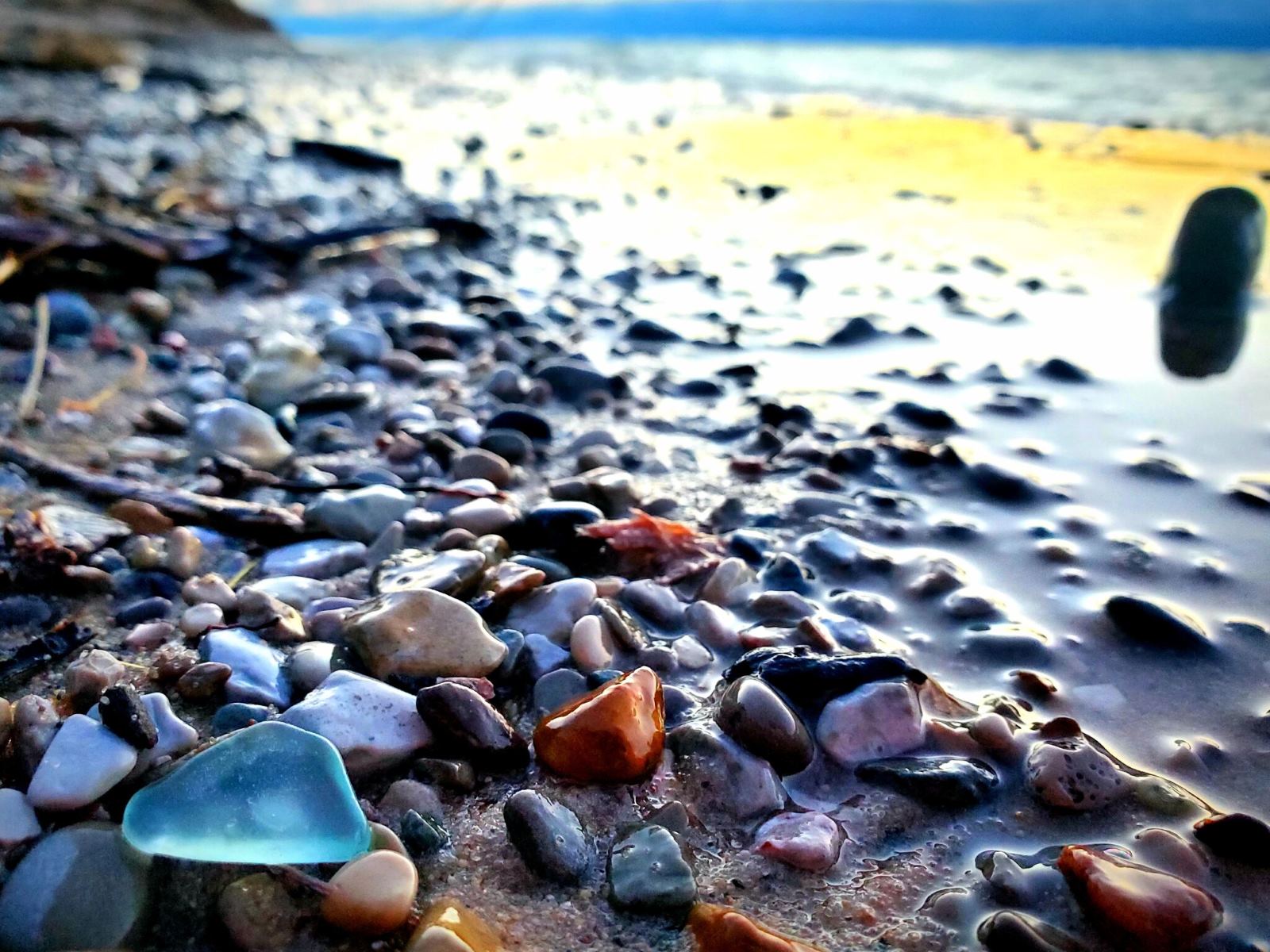

Interior Design Trends
What Is Beach Glass
Modified: February 6, 2024
Discover the latest interior design trends with a focus on beach glass, and learn how to incorporate this unique element into your home decor. Explore the beauty and versatility of beach glass in modern interior design.
(Many of the links in this article redirect to a specific reviewed product. Your purchase of these products through affiliate links helps to generate commission for Storables.com, at no extra cost. Learn more)
Introduction
Beach glass, also known as sea glass, is a fascinating and beautiful natural treasure that has captivated beachcombers and collectors for generations. Its smooth, frosted appearance and vibrant colors make it a sought-after material for various decorative and artistic purposes. Understanding the history, formation, sources, uses, and identification of beach glass can deepen our appreciation for this unique oceanic gem.
The allure of beach glass lies in its mysterious journey from discarded glass to a polished gem adorning the shores of beaches around the world. Its origins can be traced back to ancient times, when glass objects were discarded into the sea, only to be transformed by the relentless forces of nature. The evolution of beach glass from sharp, broken shards to smooth, polished gems is a testament to the transformative power of the ocean.
As we delve into the world of beach glass, we will uncover the captivating history of this oceanic treasure, explore the fascinating process of its formation, discover where it can be found, and unravel the myriad of creative uses it offers. Additionally, we will delve into the art of collecting and identifying beach glass, shedding light on the techniques and knowledge required to distinguish genuine beach glass from imitations.
Embarking on this journey will not only deepen our understanding of beach glass but also kindle a sense of wonder and appreciation for the natural world. Join us as we embark on an exploration of beach glass, unraveling its mysteries and celebrating its timeless beauty.
Key Takeaways:
- Beach glass, also known as sea glass, is a captivating treasure formed by the ocean’s relentless forces, offering vibrant colors and smooth textures for creative and decorative uses.
- The history of beach glass dates back to ancient times, with its origins rooted in discarded glass objects transformed into polished gems, reflecting the enduring connection between humans and the sea.
Read more: What Beaches Have Sea Glass
History of Beach Glass
The history of beach glass is a testament to the enduring relationship between humans and the sea. Dating back to ancient times, glass has been an integral part of human civilization, serving as a versatile material for creating various objects, from vessels to decorative items. However, the disposal of glass waste into the sea inadvertently set the stage for the remarkable transformation of discarded glass into the coveted beach glass we admire today.
The origins of beach glass can be traced to the early days of glass production, when glass objects were discarded into the ocean or other bodies of water. Over time, the relentless motion of the waves, coupled with the abrasive action of sand and rocks, worked to erode and smooth the rough edges of the glass fragments. This natural process, often spanning decades or even centuries, gradually transformed the sharp, jagged shards into the smooth, frosted gems that wash ashore on beaches worldwide.
Throughout history, beach glass has been shaped by various cultural and environmental factors. In the 18th and 19th centuries, the industrial revolution led to a surge in glass production, resulting in a significant increase in discarded glass finding its way into the sea. This influx of glass waste, combined with the expansion of maritime trade and the disposal of shipwrecks, contributed to the proliferation of beach glass along coastlines.
During the early 20th century, the advent of environmental awareness and the implementation of waste management practices led to a decline in the disposal of glass into the sea. As a result, the availability of beach glass became increasingly linked to historical sources, with older, more weathered pieces becoming prized finds for collectors and enthusiasts.
In recent decades, the appreciation for beach glass has transcended its historical origins, evolving into a beloved symbol of coastal beauty and sustainability. Its allure as a natural, recycled material has inspired artisans and crafters to incorporate beach glass into jewelry, home decor, and art, further enriching its cultural significance.
The history of beach glass is a testament to the enduring connection between human activity and the natural world. Its evolution from discarded glass to a cherished oceanic gem reflects the transformative power of nature and the timeless allure of coastal treasures. As we continue to cherish and preserve the legacy of beach glass, we honor its rich history and celebrate its enduring beauty.
How Beach Glass is Formed
Beach glass, also known as sea glass, undergoes a remarkable transformation through a natural process that spans decades or even centuries. The journey of beach glass begins with discarded glass objects finding their way into the sea, where they are subjected to the relentless forces of nature. The key factors contributing to the formation of beach glass include abrasion, erosion, and chemical reactions, all of which play a pivotal role in shaping the glass into the coveted gems that wash ashore on beaches around the world.
The initial stage of beach glass formation involves the glass fragments being tumbled and buffeted by the waves, which act as a natural abrasive force. This continuous agitation, combined with the abrasive action of sand, rocks, and other debris, gradually wears down the sharp edges and surfaces of the glass, resulting in a smooth, frosted appearance. Over time, the glass undergoes a process of physical weathering, where its original form is gradually eroded and transformed into polished, gem-like pieces.
In addition to physical abrasion, chemical reactions further contribute to the alteration of the glass composition. The exposure to seawater, salt, and other minerals initiates a process of leaching, wherein certain components of the glass are dissolved and re-deposited, leading to subtle changes in color and texture. This chemical transformation, coupled with the physical wear and tear, imparts the distinctive characteristics that define beach glass, such as its frosted appearance and vibrant hues.
The duration and intensity of these natural processes vary depending on environmental factors, including the composition of the glass, the type of coastline, and the prevailing oceanic conditions. Glass fragments with a higher silica content, for instance, are more likely to undergo a complete transformation into beach glass due to their durability and resistance to chemical weathering.
Ultimately, the formation of beach glass is a testament to the remarkable resilience and adaptability of glass in the marine environment. The intricate interplay of physical and chemical forces shapes discarded glass into a cherished oceanic gem, embodying the enduring beauty and transformative power of the natural world.
As beach glass continues to captivate enthusiasts and artisans alike, its formation remains a testament to the timeless allure of coastal treasures and the remarkable journey of discarded objects reborn as cherished gems.
Where to Find Beach Glass
Beach glass, with its enchanting allure and vibrant hues, can be discovered along coastlines worldwide, offering beachcombers and collectors the opportunity to embark on captivating treasure hunts. The search for beach glass often leads enthusiasts to beaches with specific characteristics that enhance the likelihood of finding these coveted gems.
One of the prime locations for finding beach glass is along stretches of coastline that have a history of industrial or domestic activity near the sea. Areas with a legacy of maritime trade, fishing, or recreational beachgoing often yield an abundance of beach glass due to the historical disposal of glass waste into the ocean. Additionally, beaches near urban centers or industrial sites may offer opportunities to discover beach glass, as the proximity to human activity increases the likelihood of encountering discarded glass fragments that have undergone the transformative process of becoming beach glass.
Furthermore, beaches with rocky or pebbly shores are favorable environments for beach glass accumulation. The natural abrasion caused by the constant motion of waves against rocks and pebbles contributes to the smoothing and polishing of glass fragments over time, resulting in the creation of beach glass. Such coastal landscapes provide an ideal setting for the formation and deposition of beach glass, making them promising locations for enthusiasts seeking to uncover these oceanic treasures.
In addition to considering the historical and geological characteristics of a beach, the presence of strong currents and wave action can significantly influence the abundance of beach glass. Beaches situated along coastlines with vigorous wave activity and strong currents are more likely to yield a plentiful supply of beach glass, as the relentless motion of the waves accelerates the natural weathering process of glass fragments, ultimately transforming them into the coveted gems that adorn the shoreline.
Ultimately, the search for beach glass is a captivating adventure that invites enthusiasts to explore diverse coastal landscapes, from secluded coves to expansive shorelines, in pursuit of these timeless treasures. By understanding the environmental and historical factors that contribute to the accumulation of beach glass, collectors and beachcombers can embark on rewarding expeditions, uncovering the enduring beauty of these oceanic gems along the ever-changing tapestry of the world's beaches.
Beach glass, also known as sea glass, is formed when glass bottles or other glass items are broken and then tumbled by the waves and sand. It can take 20-30 years for sharp edges to be smoothed out.
Uses of Beach Glass
Beach glass, with its enchanting beauty and unique characteristics, offers a myriad of creative and practical applications that have captivated artisans, crafters, and enthusiasts worldwide. The vibrant hues and smooth, frosted appearance of beach glass make it a versatile material for a wide range of artistic, decorative, and functional purposes.
One of the most popular uses of beach glass is in the creation of stunning jewelry. The smooth, polished surfaces of beach glass lend themselves perfectly to jewelry making, where they are transformed into exquisite pendants, earrings, bracelets, and rings. The vibrant colors and organic shapes of beach glass pieces add a touch of coastal elegance to jewelry designs, making each piece a distinctive and cherished adornment.
In addition to jewelry, beach glass is also utilized in the crafting of decorative items and art. From mosaic designs to intricate sculptures, beach glass serves as a captivating medium for artists and crafters to express their creativity. The vibrant colors and unique shapes of beach glass pieces can be arranged to create stunning mosaics, wall art, and decorative accents, infusing spaces with a coastal charm and a touch of natural beauty.
Furthermore, beach glass finds practical applications in home decor and functional items. From tabletop accents to kitchenware, beach glass can be incorporated into various household items, adding a touch of coastal elegance to interior spaces. Vases, candle holders, and coasters adorned with beach glass evoke a sense of seaside tranquility, infusing homes with a serene and inviting ambiance.
Beyond artistic and decorative uses, beach glass also holds historical and sentimental value. Collectors and enthusiasts often cherish beach glass as a tangible link to the past, as each piece carries the legacy of its origins and the transformative journey it has undergone. Whether displayed in collections or repurposed into meaningful keepsakes, beach glass serves as a tangible connection to coastal landscapes and the enduring allure of the sea.
The uses of beach glass extend far beyond mere adornment, encompassing a rich tapestry of artistic expression, functional design, and historical significance. As artisans and enthusiasts continue to explore the creative potential of beach glass, its timeless beauty and versatile applications will endure, enriching lives and spaces with the enduring charm of coastal treasures.
Read more: How To Find Beach Glass
Collecting and Identifying Beach Glass
Collecting beach glass is a beloved pastime that invites enthusiasts to explore coastal landscapes in search of these captivating oceanic gems. The process of collecting beach glass involves a keen eye for detail, an appreciation for natural beauty, and a sense of curiosity that fuels the quest for unique and cherished finds.
When embarking on a beach glass hunting expedition, it is essential to approach the endeavor with a mindful and observant mindset. Coastal environments offer a diverse array of beach glass, ranging from small, translucent fragments to larger, more intricately shaped pieces. As collectors comb the shorelines, they are drawn to areas where the interplay of waves, tides, and natural formations has led to the accumulation of beach glass.
Identifying genuine beach glass requires a discerning eye and an understanding of its distinctive characteristics. True beach glass exhibits a smooth, frosted appearance, with no sharp edges or visible signs of recent breakage. The hallmark of beach glass lies in its weathered and polished surfaces, which result from the natural abrasion and erosion processes it undergoes over time.
Color is another defining feature of beach glass, with hues ranging from soft pastels to vibrant jewel tones. The most sought-after beach glass colors include seafoam green, cobalt blue, amber, and rare shades such as red and orange. Collectors are drawn to the allure of these colors, each of which carries its own unique story of origin and transformation.
In addition to visual cues, the tactile qualities of beach glass play a crucial role in its identification. Genuine beach glass possesses a pleasingly smooth texture, devoid of any sharp or jagged edges. When held, it exudes a tactile warmth and a sense of history, evoking the timeless journey it has undertaken from discarded glass to treasured oceanic gem.
As collectors amass their beach glass finds, they often develop a deep appreciation for the individuality of each piece. The unique shapes, colors, and textures of beach glass reflect the diverse influences of the marine environment, making each discovery a testament to the enduring beauty and resilience of nature.
Ultimately, the art of collecting and identifying beach glass is a deeply enriching pursuit that fosters a profound connection to coastal landscapes and the timeless allure of these oceanic treasures. With each piece carefully gathered and admired, collectors honor the legacy of beach glass, celebrating its enduring beauty and the captivating stories it carries from the sea to the shore.
Conclusion
In conclusion, the world of beach glass is a captivating tapestry of history, natural transformation, exploration, and creative expression. From its humble origins as discarded glass to its evolution into polished oceanic gems, beach glass embodies the enduring relationship between humans and the sea. The rich history of beach glass, spanning ancient civilizations to modern-day environmental consciousness, reflects the timeless allure of coastal treasures and the transformative power of nature.
The formation of beach glass, shaped by the relentless forces of waves, abrasion, and chemical reactions, is a testament to the remarkable resilience and adaptability of glass in the marine environment. Its smooth, frosted appearance and vibrant hues stand as a testament to the enduring beauty and transformative journey of discarded objects reborn as cherished gems.
The search for beach glass leads enthusiasts to diverse coastal landscapes, where the interplay of historical, geological, and environmental factors influences the abundance and variety of beach glass finds. Whether along stretches of coastline with a legacy of maritime trade or in secluded coves with rocky shores, the quest for beach glass invites collectors and beachcombers to embark on rewarding expeditions, uncovering the enduring beauty of these oceanic gems along the ever-changing tapestry of the world's beaches.
Furthermore, the uses of beach glass extend far beyond mere adornment, encompassing a rich tapestry of artistic expression, functional design, and historical significance. From stunning jewelry to decorative accents and sentimental keepsakes, beach glass continues to inspire artisans and enthusiasts, enriching lives and spaces with the enduring charm of coastal treasures.
The art of collecting and identifying beach glass fosters a profound connection to coastal landscapes and the timeless allure of these oceanic treasures. Each discovery, with its unique shapes, colors, and textures, reflects the diverse influences of the marine environment, making the pursuit of beach glass a deeply enriching and rewarding endeavor.
As we celebrate the legacy of beach glass and the enduring beauty it embodies, we honor its rich history and the captivating stories it carries from the sea to the shore. The world of beach glass invites us to embrace the wonder of natural transformation, the joy of exploration, and the boundless creativity it inspires, leaving an indelible mark on those who seek its timeless treasures.
Frequently Asked Questions about What Is Beach Glass
Was this page helpful?
At Storables.com, we guarantee accurate and reliable information. Our content, validated by Expert Board Contributors, is crafted following stringent Editorial Policies. We're committed to providing you with well-researched, expert-backed insights for all your informational needs.
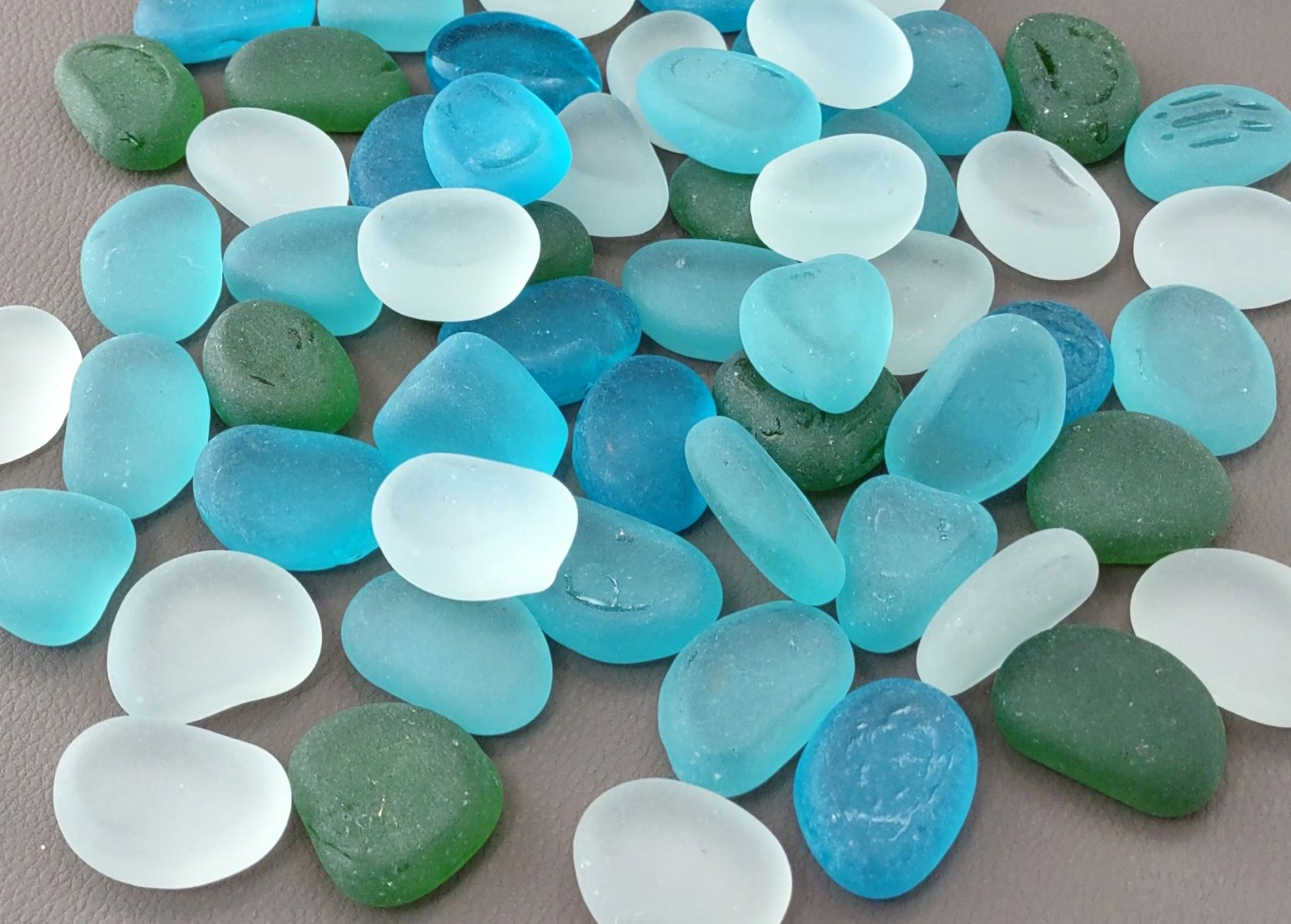
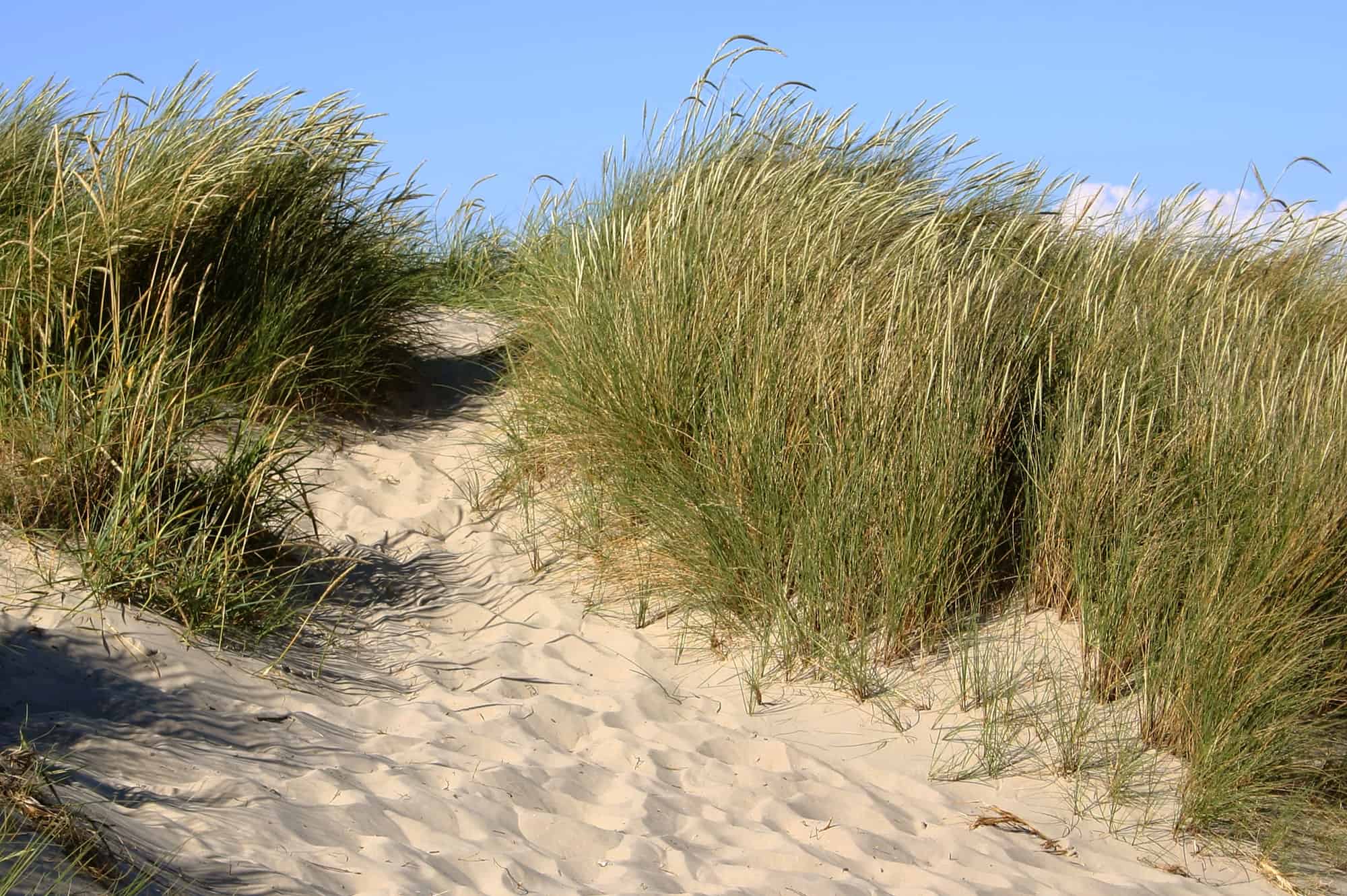
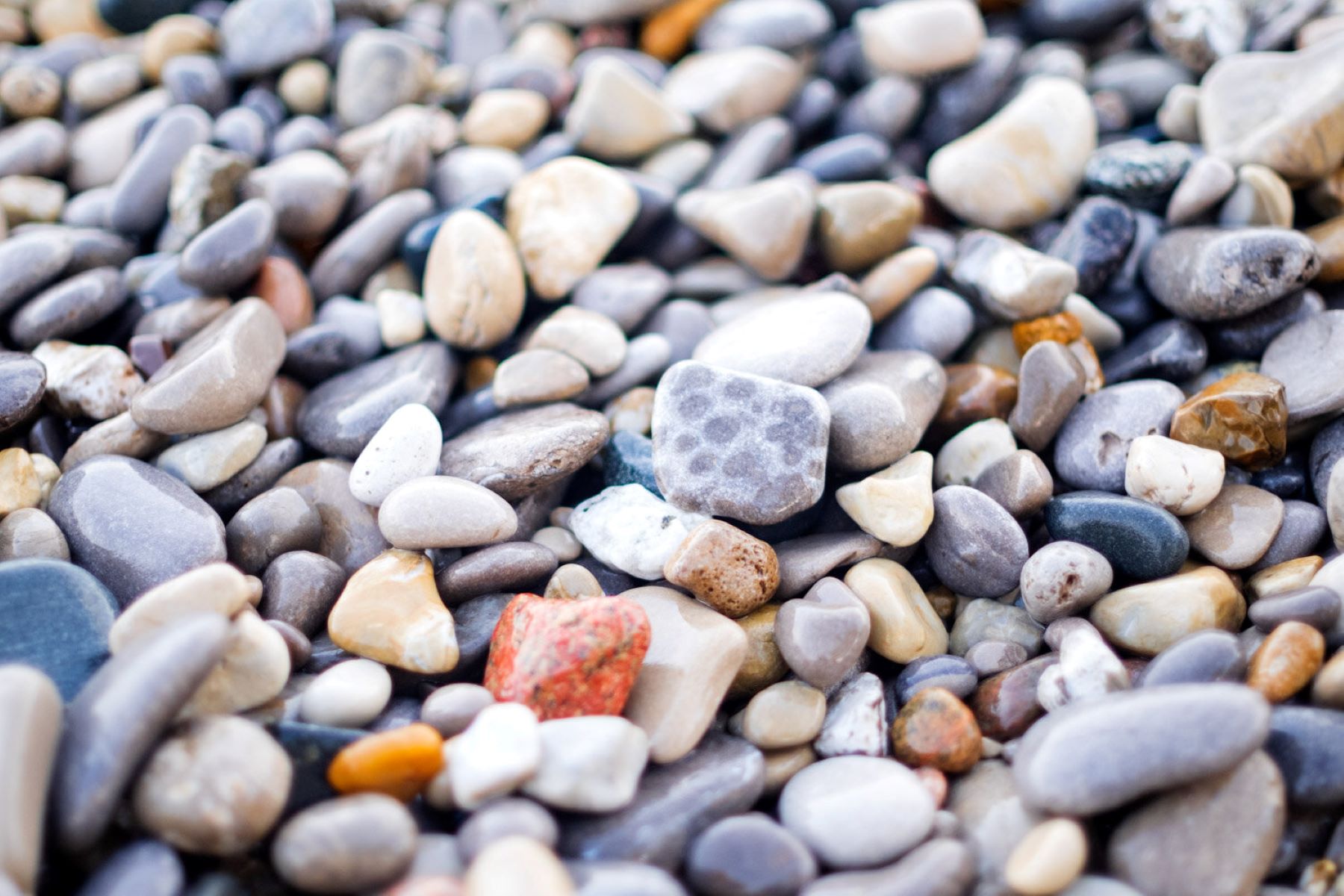

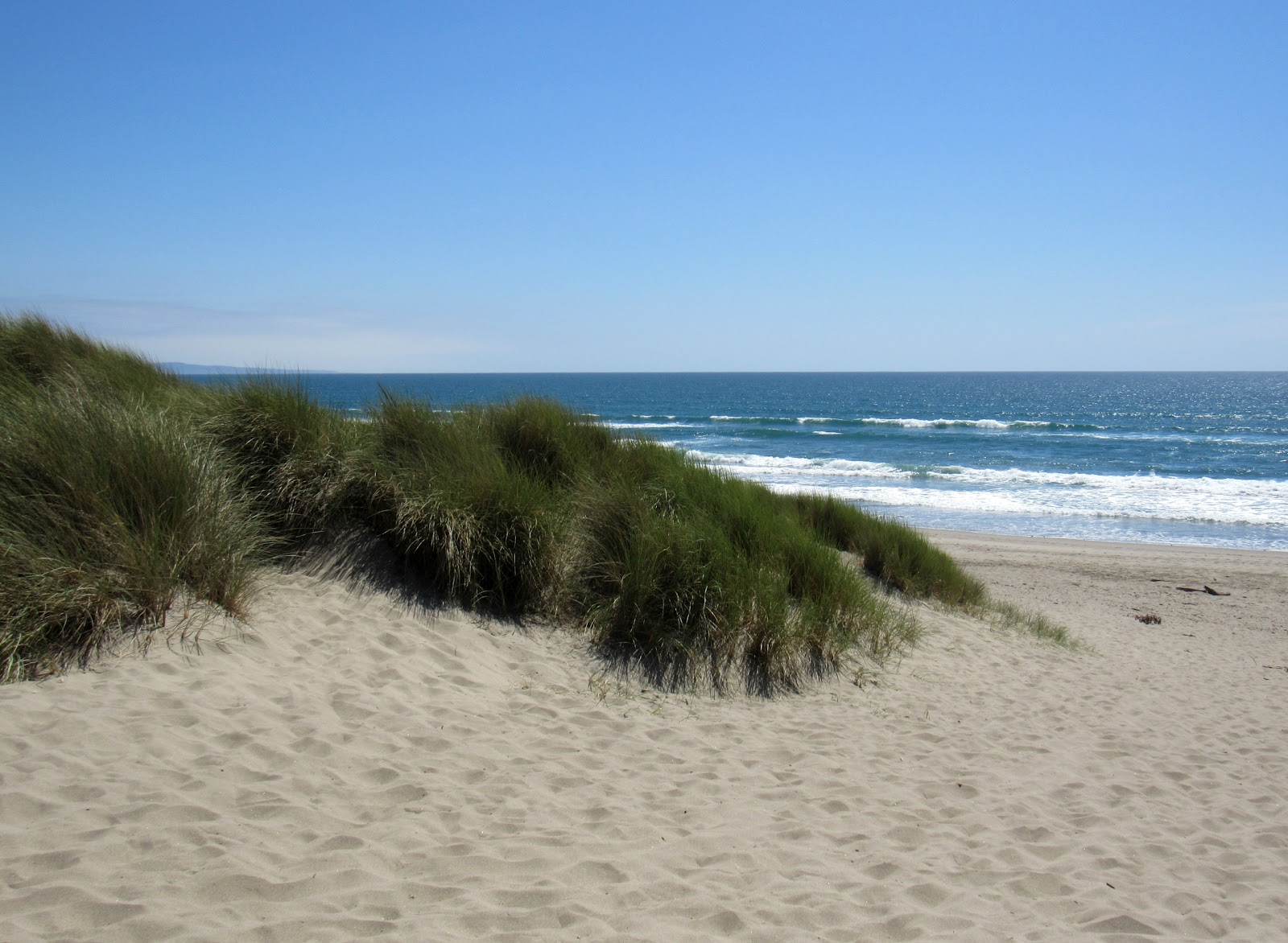
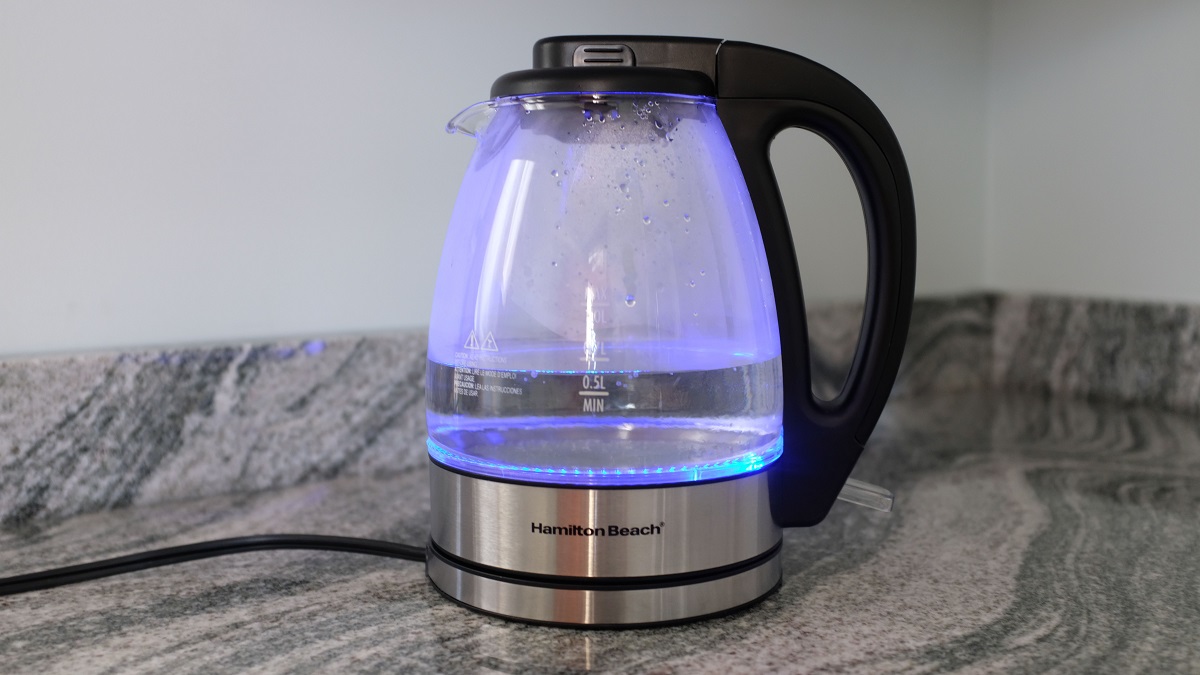


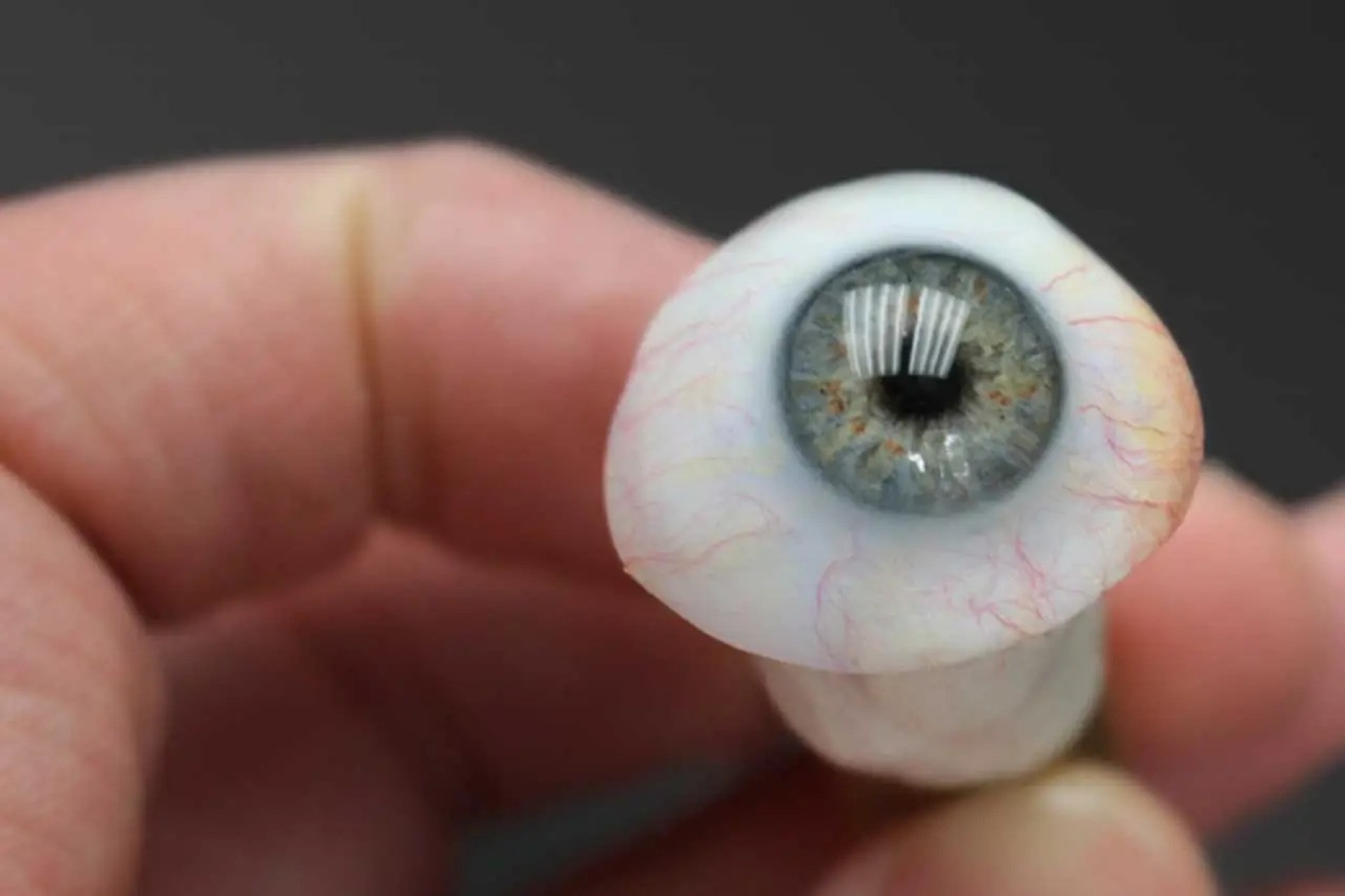
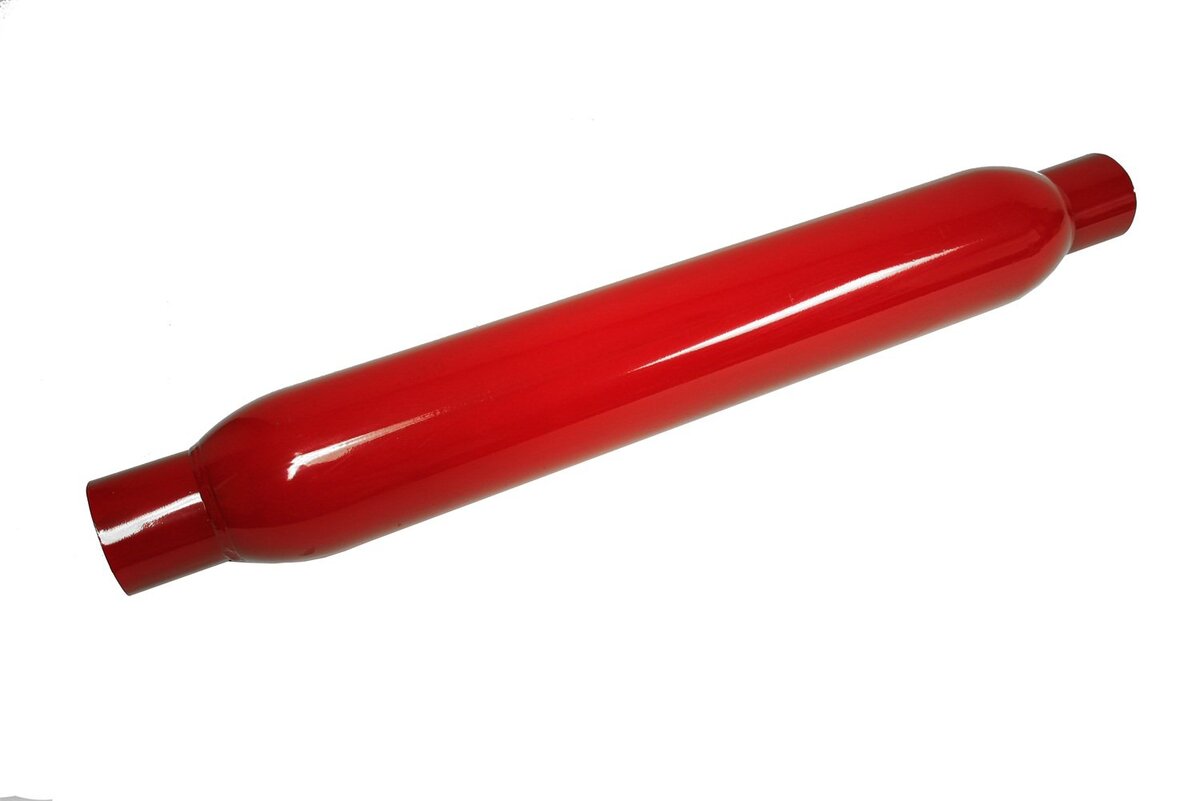
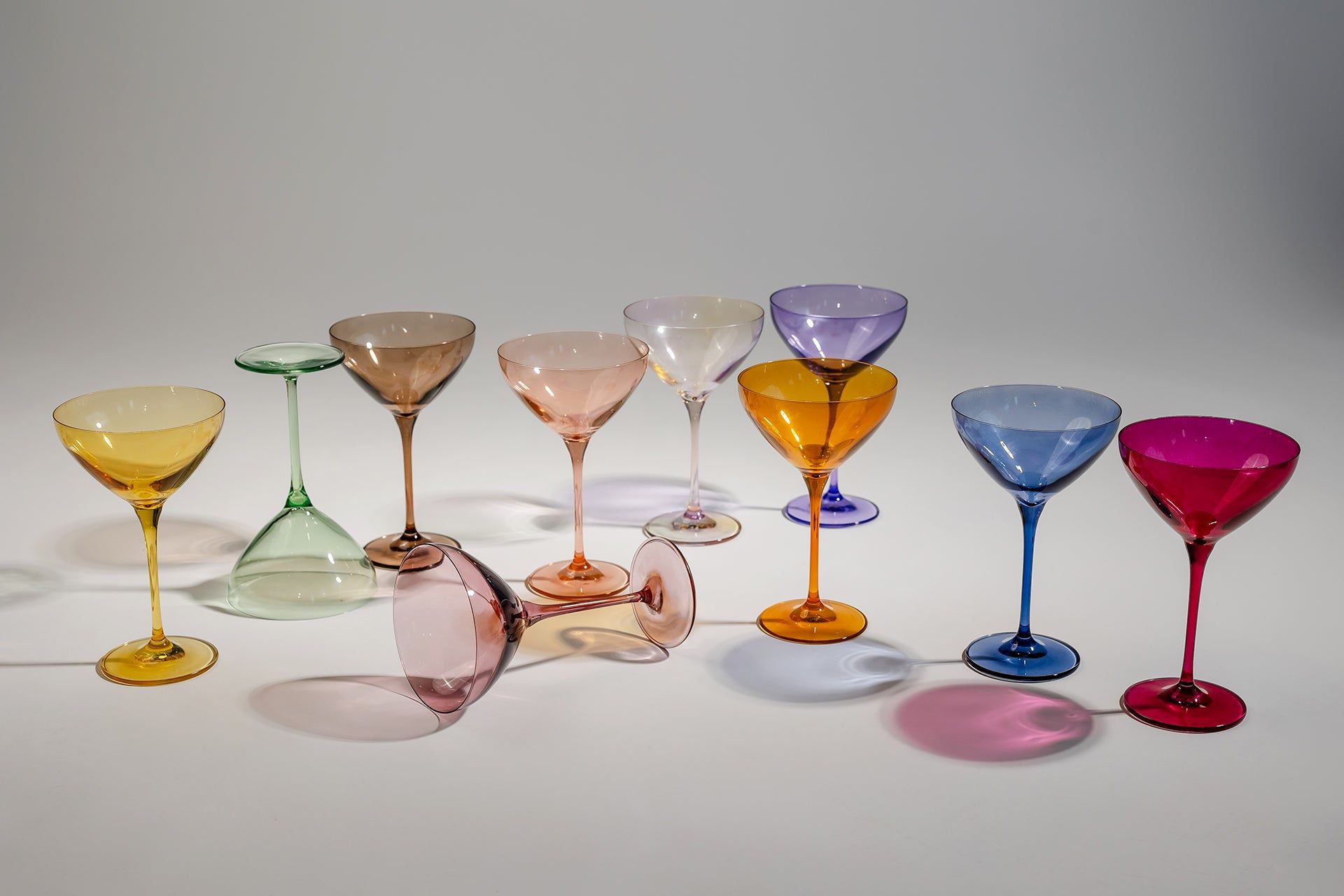

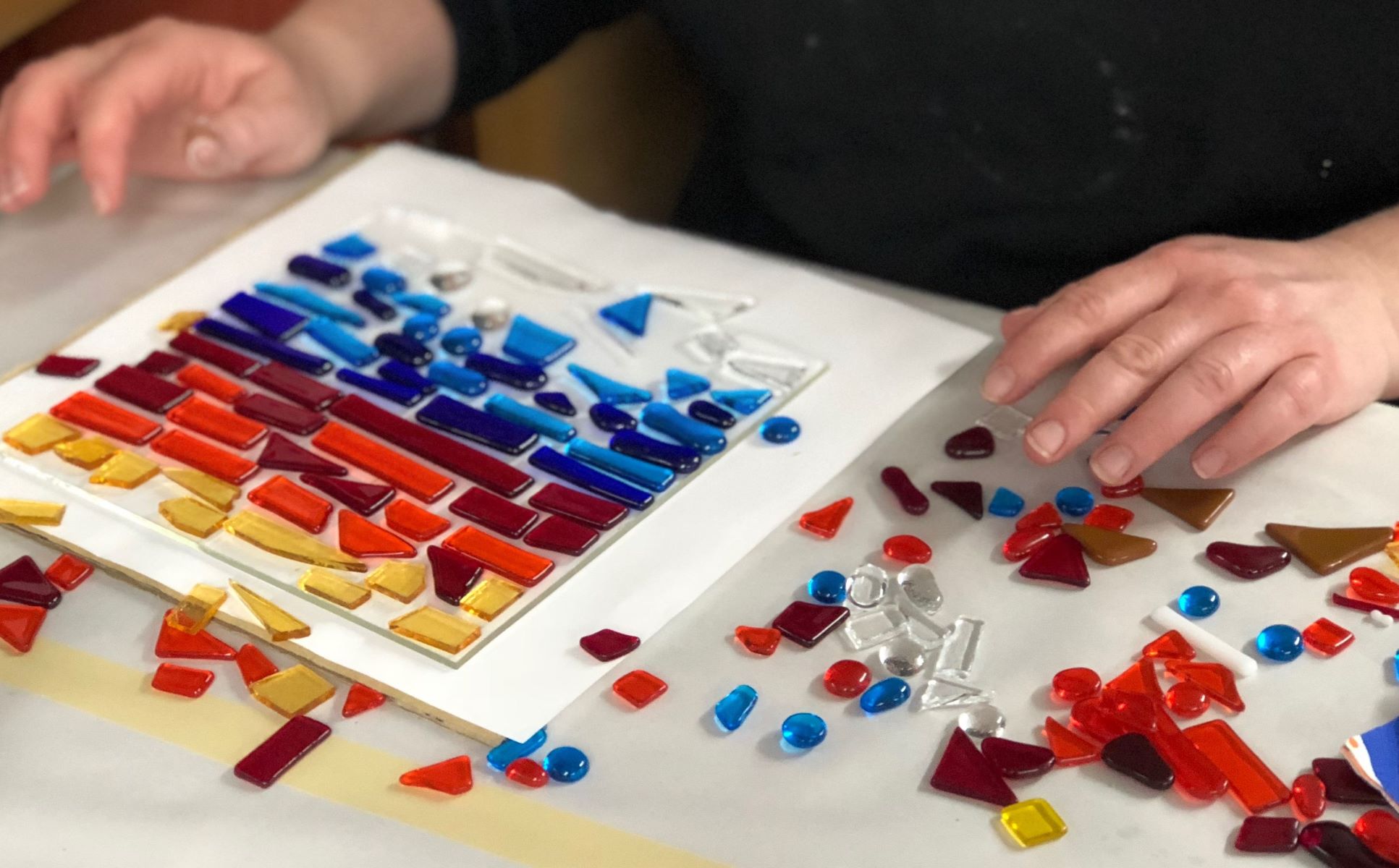
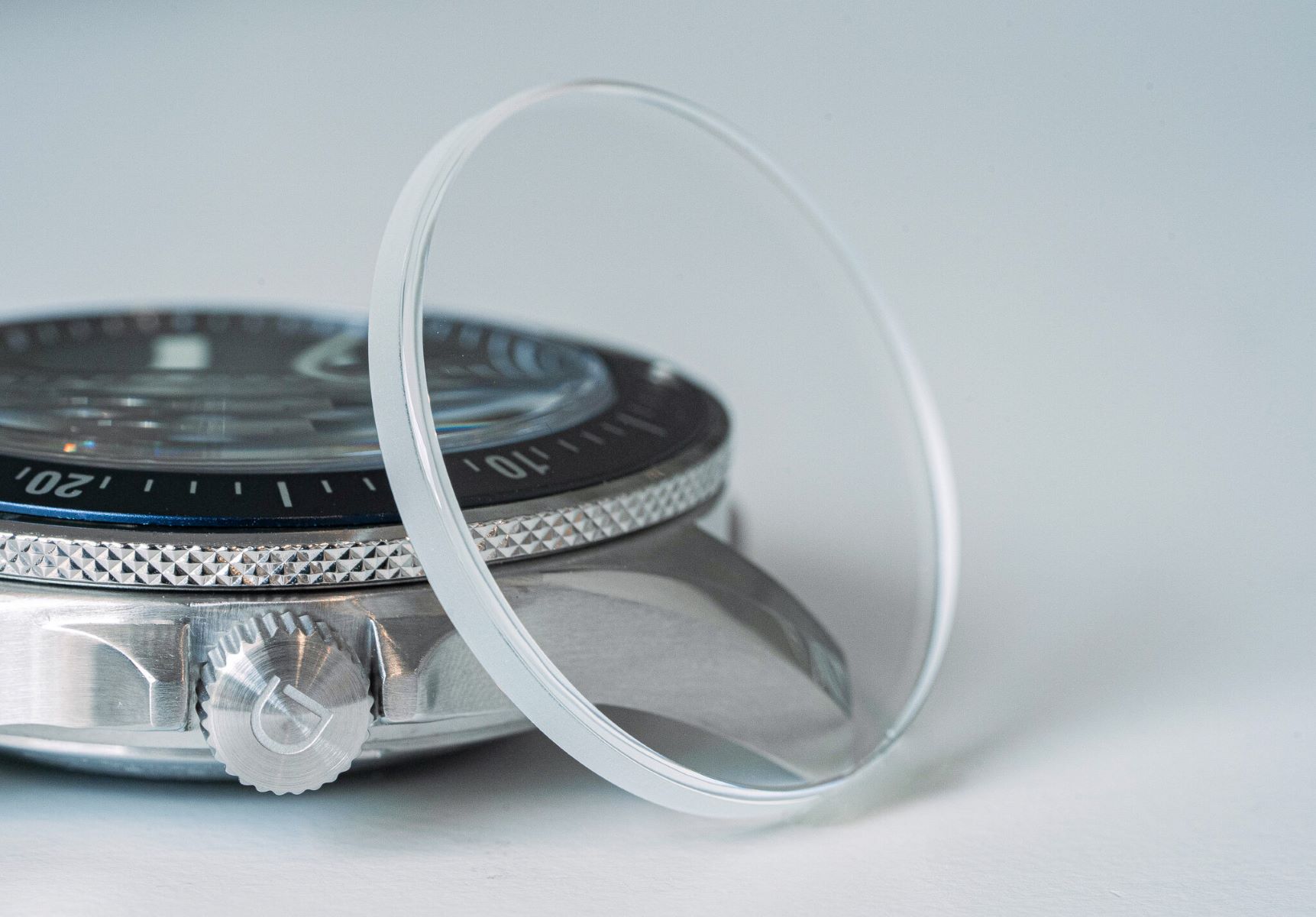

0 thoughts on “What Is Beach Glass”